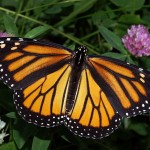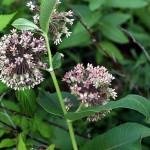by Catherine Haug, March 5, 2014 (image, right, used with permission from Organic Consumers Association)
The following text is written by Jeffrey Smith of Institute for Responsible Technology (IRT) for the Huffington Post ‘Food for Thought’ blog on 2/17/14. His email to IRT subscribers gives permission to ‘enjoy it, share it, “like” it, and help spread the word.’ In publishing it on The EssentiaList, I’m doing just that.
His article opens with these questions, “Why are thousands of physicians advising patients to avoid eating GMOs (Genetically Modified Organisms) and how did these high-risk foods get onto the market in the first place?”. He then presents documented facts about the harm of GMO foods for humans, livestock and pets.
Here is his article. Please read, then pass it on. (more…)




